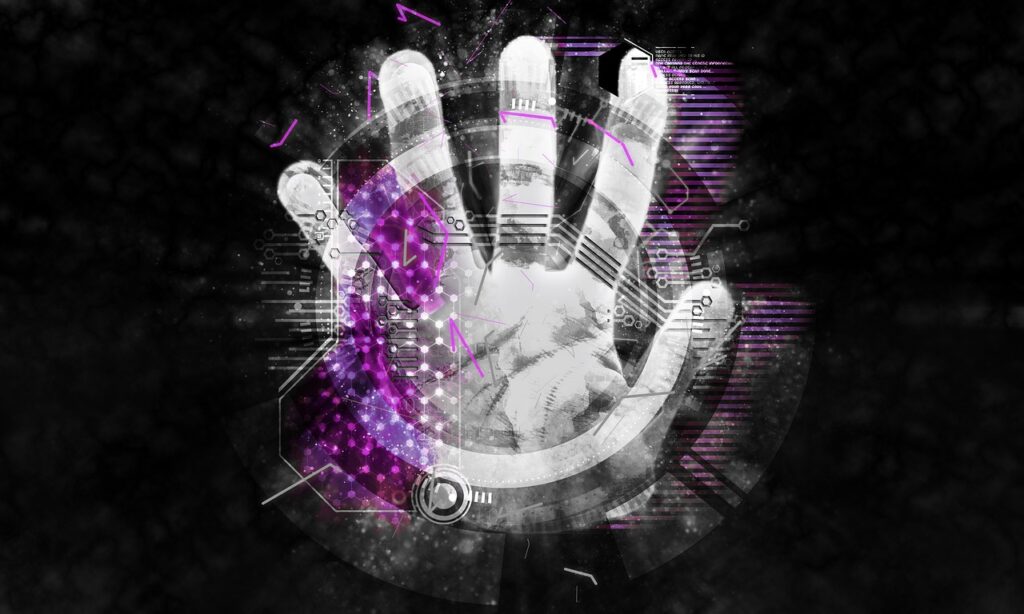A good deal of damage resulting out of a data breach can arise from a widespread dependence on knowledge-based authentication. For instance, when secret keys are misplaced or stolen, it can create a data risk.
However, due to recent advances, robust forms of authentication have made it more convenient for individuals and companies to access their information safely. New technology can now enable you to use hardware tokens, mobile applications, biometric solutions, thumbprints, facial expressions, one-time PINs, voiceprints and so on as keys to enter your login data and access content. In such cases, the code itself is not required to be revealed during the authentication procedure. Rather than sending a copy of your biometric details over the Internet, sophisticated cryptography can be used to ensure that your biometric information is valid, without exposing the actual message itself.
Similarly, enabling two-factor authentication on text messages has been another step forward to protect privacy. With the world moving away from knowledge-based authentication, it could reduce the value of classified, private data used in fraudulent cases and identity theft.
When a data breach takes place, one of the most common forms of compensation provided to affected individuals is free credit monitoring. As illustrated in the ChoicePoint case, this option to monitor accounts or data assets that may have been accessed using stolen information can help detect and respond to fraudulent use.

Typically, credit agencies gather records of your transactional and lending activity on various financial accounts such as bill payments, loans, mortgages and other financial activities. From these transactions, the credit agencies generate your credit report and calculate your credit score that reveals your creditworthiness to other lenders.
So, when a hacker is setting up a new account using the stolen financial credentials of a victim or violating an existing account, a record of this activity could typically show up on the credit report of the victim. Results of identity theft could include misuse of credit cards, unpaid bills, repeated credit inquiries and other developments that could negatively impact the credit score of the victim, that the victim didn’t even know existed. This can result in a nightmarish situation where the victim could be denied further credit or charged large fees or interest rates due to damaged credit ratings. Hence, third-party ratings such as credit monitoring agencies or specific vendors that observe the victim’s credit scores offer alerts in the event of suspicious changes. Some of these changes could include a fall in your credit score, changing address, setting up of new accounts, sudden delinquencies, rapid credit inquiries and other factors that could impact your credit score. You can get immense value from opting for credit monitoring to help you detect issues with your credit report.
But such an option is only useful to you in the event of a data breach if your Social Security number has been stolen and you are notified that another individual has applied for an account in your name. For data breaches that involve stolen healthcare data, credit monitoring does not offer any security that can arise as a result of stolen medical details. Moreover, what you need to realize is that when an actual data breach takes place, companies only have a limited budget to provide credit monitoring for a specific period of time. Which means that cybercriminals can use your stolen information to apply for credit after the credit monitoring period is over.
So, if your financial credentials or Social Security number and other sensitive information has been stolen and is out there for everyone to see, it means it is out there forever. Despite credit monitoring becoming a common response tactic as a result of data breaches, it has reduced the value of credit monitoring as merely a compensator in a data breach response strategy. Also, if you already have the service, it may not provide significant value. This is why it is essential to safeguard your data and personal information to prevent breaches from occurring with a proactive document security solution such as DRM.
Digital rights management can prepare you for the uncertain road ahead and safeguard your sensitive information frombeing stolen and misused. New forms of authentication and encryption, such as the ones found in PDF DRM can eliminate the risk of data breaches for both individuals and organizations. With DRM, you get visibility, insight and peace of mind as you can continuously control and monitor your data environment thanks to the sophistication and military-grade encryption power that comes built-in with DRM solutions. By getting an in-depth view and understanding of every user, device and application, even if they are permitted and authorized, you can manage and control how your documents are accessed and used.You can also track every PDF file that is accessed which contains confidential information, providing you with the detection abilities of malicious or unintentional intent of every entity. Opting for a DRM document security solution in today’s times can be the only answer to avoiding data breaches from happening to you.

